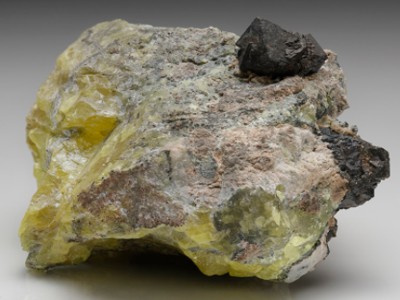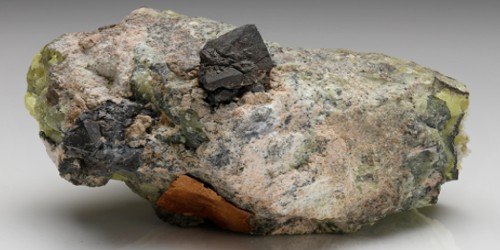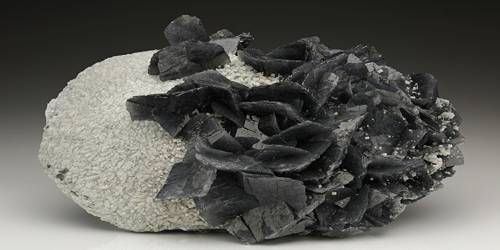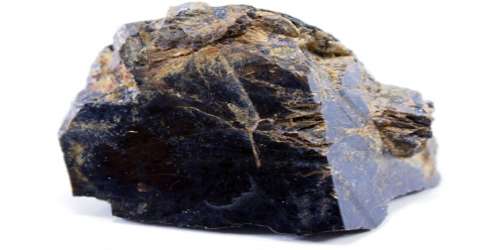Hauerite is a manganese sulfide mineral with the chemical formula MnS2. It is a mineral consisting of native manganese sulfide and occurring as reddish brown or brownish black octahedral or pyritohedral crystals or massive (specific gravity 3.46). It was discovered in Austro-Hungarian Monarchy near Banska Bystrica in what is now Slovakia in 1846 and named after the Austrian geologists, Joseph Ritter von Hauer (1778–1863) and Franz Ritter von Hauer (1822–1899).
General Information
- Category: Sulfide mineral, pyrite group
- Formula: MnS2
- Crystal system: Cubic
- Crystal class: Diploidal (m3)

Fig: Hauerite – a manganese sulfide mineral
Properties
Hauerite is manganese sulfide mineral, that forms reddish-brown or black octahedral crystals. It forms reddish brown or black octahedral crystals with the pyrite structure and it is usually found associated with the sulfides of other transition metals such as rambergite.
- Formula mass: 119.07 g/mol
- Color: Reddish brown or brownish black
- Crystal habit: Octahedral crystals and globular aggregates
- Fracture: Uneven to subconchoidal
- Tenacity: Brittle
- Mohs scale hardness: 4
- Luster: Metallic-adamantine
- Streak: Reddish brown
- Diaphaneity: Opaque to subtranslucent
- Specific gravity: 3.463
Occurrence: A low-temperature mineral commonly associated with solfataric waters, in clay deposits rich in sulfur, and from decomposed extrusive rocks. It occurs in low temperature, sulfur-rich environments associated with solfataras and salt deposits in association with native sulfur, realgar, gypsum, and calcite.
Association: Sulfur, realgar, gypsum, calcite.
Information Source:
















